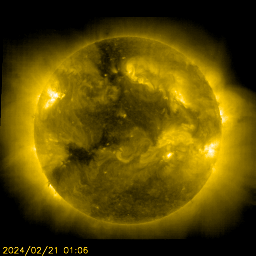14 juin 2014
6
14
/06
/juin
/2014
05:34
Photos prises au lever, ici, en Basse Normandie.















